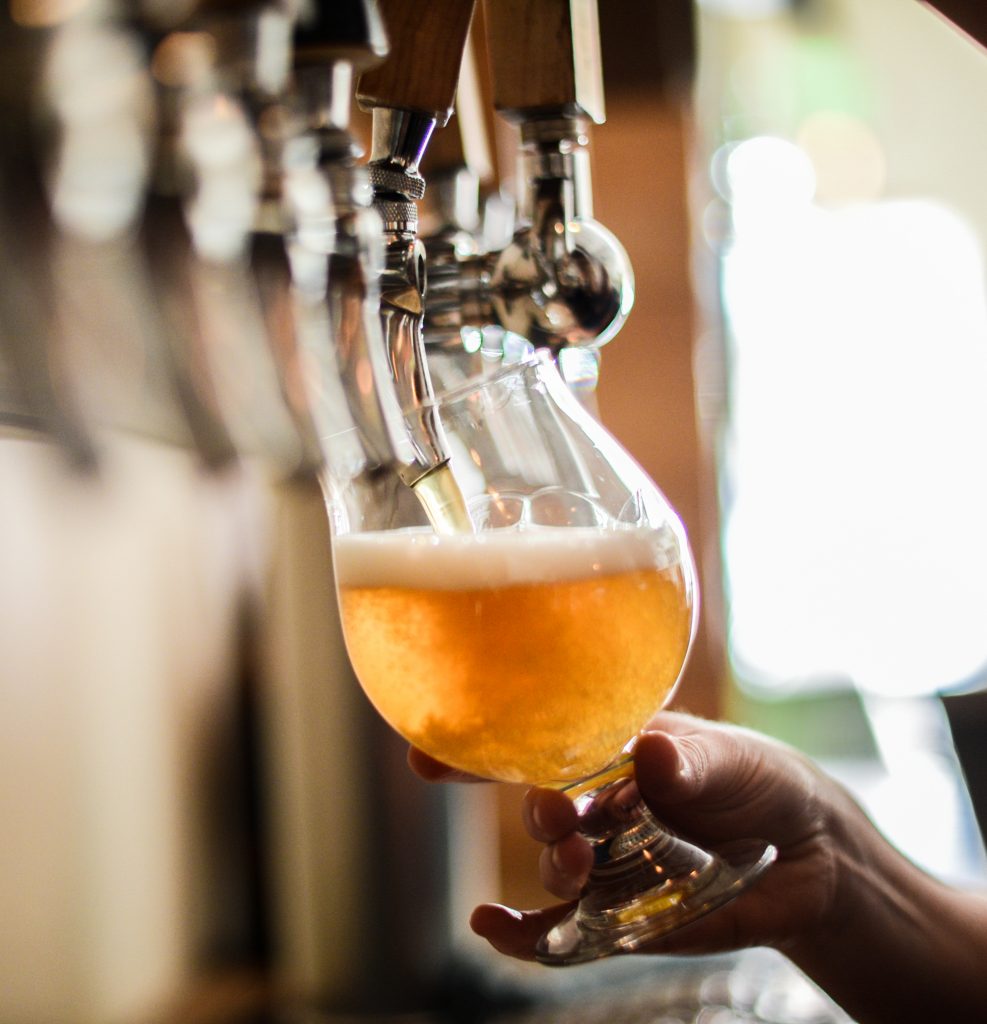Expert’s View – The view from America
On-Trade Progress’ newest media partner, the Brewers Association, give us their view from over the pond. The Brewers Association, a not-for-profit trade body representing small and independent American craft breweries, who looks at issues facing the American brewing industry and how they may impact on the UK. Bob Pease, CEO and President of the Brewers Association writes:
The UK is an important overseas market for American craft beer and accounts for 10.1% of all beer exports, second only to Canada with 54.8%. Global beer exports continue to grow at a healthy clip, by 4.4% in 2016, and total 465,617 barrels, worth $121 million. The American craft beer scene continues to demonstrate growth domestically with craft beer production increasing by 5% in the first half of 2017. There are now 5,600 operating breweries in the U.S., an increase of 906 from the same time last year, with over 2,700 in planning.
But….the industry faces a number of challenges to maintain growth, the single most important of which is beer quality. The Brewers Association takes quality very seriously and places an increasing amount of resources towards helping brewers develop better beers eg. by funding over $500,000 in barley and hop research this year. We promote the importance of consistent product quality by publishing resources such as the quality pyramid, which is free to everyone, and a book on quality management by Mary Pellettieri which we sent – at our own expense – to our 4,000 members when it first came out two years ago. Our newly appointed quality ambassador, Neil Witte travels the country offering practical advice and spreading the word about quality.
When it comes to exports to the UK and elsewhere, maintaining quality through the supply chain is a big challenge and absolutely critical in delivering a consistently world-class product that the beer drinker wants to come back to time and time again. Temperature fluctuations, sunlight, oxygen levels and time are all enemies of craft beer. We strive for cold-chain infrastructure from the moment the beer leaves a brewery to the moment it is enjoyed by the beer drinker and work collaboratively with brewers, distributors, wholesalers and retailers to deliver high quality craft beer to a global audience in the best possible condition. One bad experience may put off a potential craft beer drinker for life. I’m glad to say we’re making progress as we now have more people accessing our quality resources than ever before. UK brewers and retailers are welcome to use them too, simply go to www.brewersassociation.org for details.
A further threat is global multinationals buying out former craft beer brands and wielding their influence at distribution level to the detriment of the small and independent craft beer brands. Access to market and maintaining a level playing field for all industry participants is crucial. In an effort to differentiate between the small and independent brewers and ‘big’ beer, we recently introduced a new ‘Independent Craft Brewer Seal’ to provide clarity. This handy tool allows beer drinkers to know their beer is independently owned. We believe it matters to the brewers who make the beer and the beer lovers who drink it.
As to future trends, we’re seeing a shift towards more sessionable beer styles such as lagers, pilsners, golden/blonde ales. These styles appeal to beer drinkers coming into the market for the first time as well as ageing beer drinkers who have been in the market since inception and are looking for something more sessionable.
Cans will also continue to grow. Sustainability is a big ethos for our brewers and cans are more recyclable than bottles, they are lighter, easier to transport, cheaper to ship and take up less space. They also offer the full 360 degree marketing wrap.
An exciting development we’re seeing in the States is the expansion of taprooms and the growth of beer tourism. Beer is sold directly at source and profits are high because there are no shipping, distribution or retailing costs. Taprooms are family-friendly environments with knowledgeable staff, well-maintained beer lines and style-specific glassware. There are no TVs, loud music or catering (mobile food vendors supply catering requirements). Beer tourism is now so strong that travel website Travelocity published a beer tourism index and in one year recently, 10 million people toured craft breweries in the States. Whether this trend takes off in the UK remains to be seen but taprooms and beer tourism are an interesting approach and one that’s set to grow in the States.
UK brewers are invited to enter the World Beer Cup 2018. Taking place every two years, the World Beer Cup is the most prestigious beer competition in the world and often referred to as ‘the Olympics’ of beer competitions.





